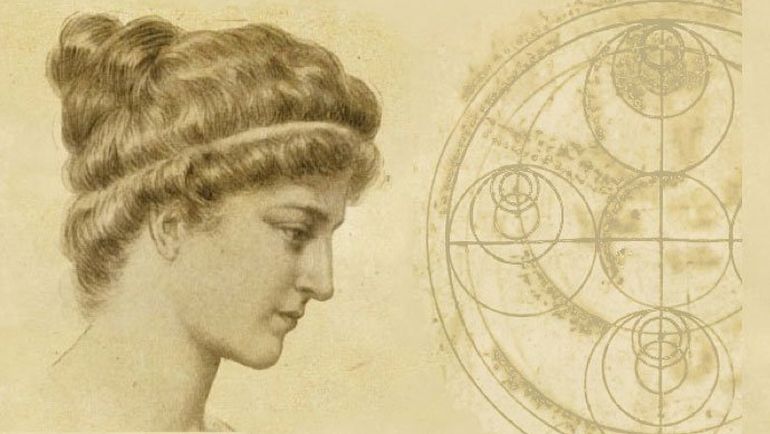Human history has witnessed tragedies and horrors that the people of science have endured confronting extremism and intolerance. Its records are filled with dreadful and sad scenes of scientists losing their lives, being killed, burnt, or tortured to death, for simply having faith in science, applying it, and not accepting an alternative for it.
The Inquisitions’ records in Europe between the twelfth and sixteenth centuries reveal the execution of millions of innocent men and women with charges oscillating between heresy and witchcraft. Both accusations were the only means for dislodging any dissenter tempted to declare what is not pleasant to his/her superiors, whether those in power or authority loyalist clergymen. Scientists were a direct target of these repugnant inquisitions; their talks were deemed to summon heresy and blasphemy, which deserved the most dreadful types of torment and the most heinous types of punishment.
That took place during the dark ages, which are known as the “Middle Ages” or the “Medieval Period”, during which humanity paid a tremendous price, before it was liberated and revolted against this obscene injustice, moving towards urbanization and modernism. However, the Middle Ages are not the real beginning of scientists’ persecution. It had begun hundreds years earlier, when humanity knew science and scientists and, at the same time, intellectual extremism began to rear its head in opposition. Likewise, religious extremism craned its neck to violently snatch a place for itself, aiming to dislodge the science that takes an approach based on doubt, which is different than the approach taken by religion, which is that of certainty; getting rid of it and its people had, thus, become a pressing demand that required immediate execution.
Here, we yearn to the horizons of history to find the memory of “Hypatia”, with her elegant beauty, masterful science, and bright intelligence. The professor scientist, distinct philosopher, and the virtuous human, Hypatia of Alexandria, the Egyptian, sheathed with science, followed nothing but it, and her savage executioners could not force her to do otherwise. Hypatia, the daughter of Theon of Alexandria, was born around 470 CE and died tragically around 415 CE; she grew up in a distinguished scientific environment, for she opened her eyes on the world to find her father, Theon the mathematician, to be the director of the Library of Alexandria.

Hypatia was deeply and directly affected by her father’s knowledge and culture; she was prominently influenced by his specialization in mathematics, in which she exceled. Hypatia co-authored with her father several books, in which they criticized and analyzed Euclid’s Elements and Claudius Ptolemy’s Almagest. However, Hypatia was solely distinguished for focusing on the works of Appolonius of Perga concerned with conic sections. The thorough study of this field enabled her to provide new interpretations of ellipses—a semi-oval geometric form. These interpretations were of major impact on the development of the explanations of astronomy and planetary motion; that is why scientists hail Hypatia among the pioneers of this field.
Philosophy was not far from the mathematician and astronomer; by 400 CE, Hypatia became the leader of the Alexandrian School of Neoplatonism. She is attributed as the best to explain and comment on the works of Plato, Aristotle, Plotinus, and Heraclitus. We may assume that she had an engaging and distinctive teaching method; one of her students that later became a governor of Alexandria was Orestes.
Hypatia was never an advocate of incitement, nor did she seek authority; she was solely preoccupied with her science. Most historians asserted that she did not get married, becoming a nun at the altar of science; yet, she was not safe from haters who wished to dislodge her and instigated her killing. Her accusers and condemners did not grant her the chance to defend herself; it was decided to get rid of her completely and instantly. She was attacked, stripped of her clothes, dragged through the streets of Alexandria, then flayed using seashells to separate her flesh from bones. Finally, her corpse was burnt in a bloody, violent, and scary scene, to deliver a message to everyone that believing in science is dangerous and forbidden, and that what the extremists wanted must prevail.
Nevertheless, science has triumphed at the end and Hypatia has lived through her science and beauty. Even if we had lost her written works, we have not lost her essence, and I do not think we will ever lose her. True indeed are the words of Imam Aly ibn Abi Talib:
“Virtue belongs only to the people of science, who are the right guidance for those seeking direction. A person’s value lies in which he excels; thus, ignorant are the enemies of the people of science. Seek knowledge and do not accept an alternative; people are largely dead, and only those of science are alive.”
*Published in SCIplanet, Women and Science (Spring 2016) Issue.